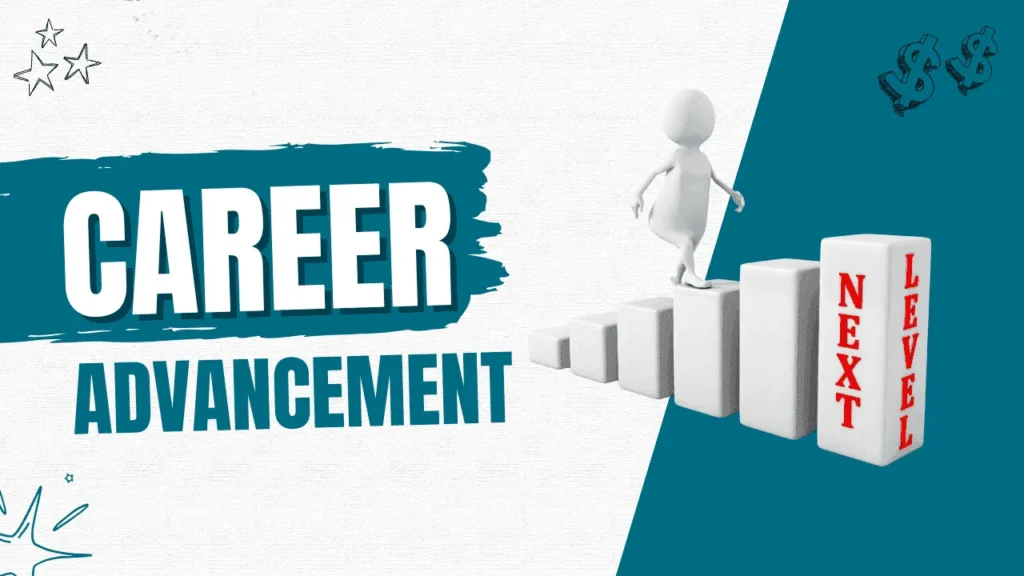Career advancement is an exciting journey that demands strategic planning, thoughtful preparation, and a proactive mindset. Whether you’re eyeing a promotion within your current organization or seeking opportunities in a new company, taking the right steps can help you achieve your professional goals seamlessly. This guide outlines key strategies for transitioning into a new role while fostering career growth.
Reflect on Your Career Advancement Objectives
To ensure meaningful career advancement, start by evaluating your goals, interests, and motivations. Clearly define what you aim to achieve in your next role, including the skills and experiences you wish to acquire.
Example:
Set specific goals, such as moving into a leadership position, gaining expertise in a niche, or switching to a new industry. Create a timeline and strategy to align your efforts with these objectives.
Researching and Exploring Opportunities:

Dive deep into industries, employers, and job roles that resonate with your aspirations. Analyze company profiles, job requirements, and industry trends to understand what’s needed to excel in your desired role.
Example:
Stay informed about emerging trends like AI in the workplace or shifts in market demand. Networking at industry events and consulting mentors can provide valuable insights to refine your strategy for career advancement.
3. Build Skills and Expertise
Acquiring new skills is vital for career growth. Participate in training programs, earn certifications, and seek mentorship to stay competitive in your field.
Example:
Conduct a self-assessment or seek feedback from trusted peers to identify skill gaps. Build a learning plan with online courses, workshops, or real-world projects to master the competencies required for your dream role.
4. Transition Smoothly Into Your New Role
Securing a new position is just the beginning. Familiarize yourself with your new organization’s culture and expectations. Building strong relationships with your team and clarifying your responsibilities are essential first steps.
Example:
Set short-term goals, such as delivering an impactful project within the first 90 days. By showing initiative and demonstrating your capabilities, you position yourself for sustained career growth.
Conclusion:
Career advancement is a dynamic process that thrives on preparation, skill development, and adaptability. By setting clear goals, exploring the right opportunities, enhancing your skill set, and integrating effectively into new roles, you pave the way for long-term success. With persistence and a strategic approach, your career advancement journey can lead to fulfilling and rewarding outcomes.


